I strive to make my settings real, to pull a reader into a time long gone. Research is necessary to achieve historical authenticity, but that doesn’t have to mean hours in a dusty reference room, digging white-gloved hands into accession folders. Research can be fun! Yes, I did my time in libraries and university collections, reading reference books and taking notes. But here are some of the other ways I conducted my research while I was writing CHASM CREEK:
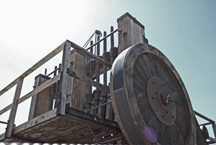
Golden Reef Stamp Mill had ten stamps to crush ore in the 1880s Cave Creek Mining District. It is once again operational at the Cave Creek Museum
◾MUSEUMS – One of my favorite museums is Cave Creek Museum, where I learned that in 1880 this small town north of Phoenix, Arizona, was a gold-mining camp located on the banks of the creek it’s named after. I began to envision a similar town where Esther, Morgan and Rubén could come to life.
◾HIKING – I hiked the Seven Springs trail, note pad in hand, along the portion of Cave Creek that still has water all year. Lots of hikes in the Phoenix Mountain Preserve as well. When I hiked, I stopped often to write down smells, sights, and sounds. Hiking also allowed me time with my thoughts and to let my imagination wander.
◾DRESS UP – I volunteered as an interpreter of Arizona history at the Pioneer Arizona Living History Museum. For several years I dressed in 1880 clothing and spent weekends in one of the historic cabins. I hauled water. I swept wide plank floors. I bent over a fireplace to cook pots of beans and Dutch oven cornbread which I then served to lines of Civil War reenactors. I danced the Virginia Reel and I waltzed in the Opera House. I had a ball. I took notes.
◾TRAVEL – All of the settings in CHASM CREEK were within a day’s drive. Some are still visited frequently (because I love those places), and some only once. But every place opened my eyes to possibilities I might have missed otherwise. As Navajo guide Adam Teller drove me into the depths of Canyon del Muerto at the Canyon de Chelly National Monument, I saw ravens fly from thousand-foot cliffs above us, and watched their shadows flutter down the sides of the rocks. I saw dull brown cottonwood trees turn to a blaze of gold when the sun penetrated the canyon walls. These little details, I believe, make all the difference.
And, speaking of making research fun, how does having a few drinks on Whiskey Row in Prescott sound? Sorry, no photo available – some activities call for discretion!
Are there certain countries, time periods, or settings (i.e. mountains, the ocean, deserts, forests) that appeal to you? What are they, where are they, and why do they draw you in? Do you think it helps if an author has lived in, or at least visited, the places he/she uses as settings? Leave a comment – I’d love to hear from you.
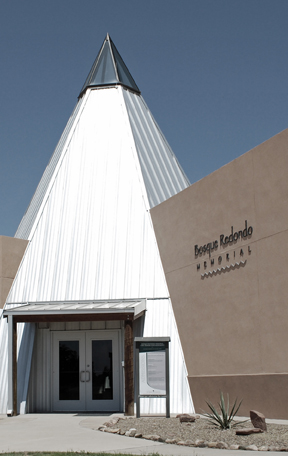
Bosque Redondo Memorial tells the story of The Long Walk.
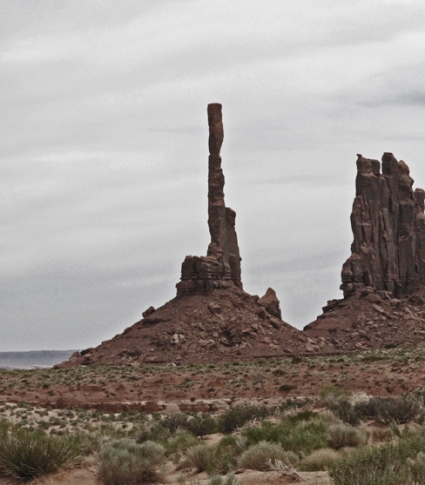
Monument Valley. Ahhhhh. Horseback riding in Monument Valley – there’s nothing to add!
CHECK OUT MY WEBPAGE AT patriciagradycox.com

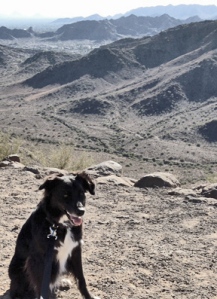
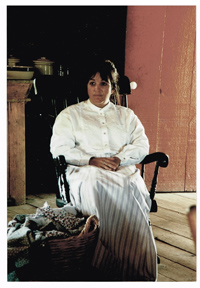
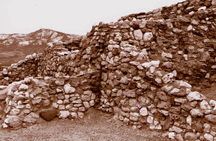
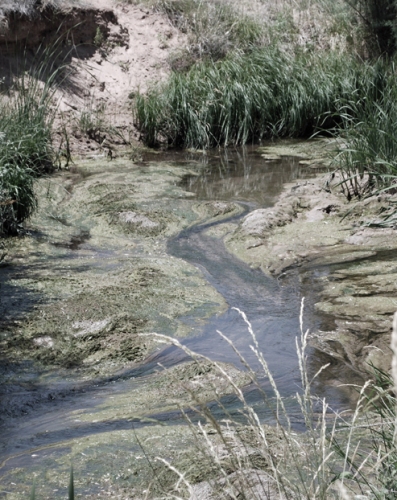
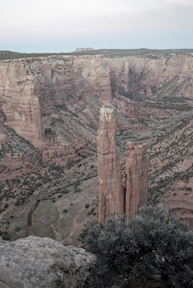
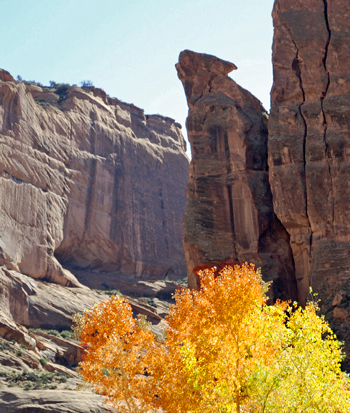
Nice Stuff ur doing GREAT.
LikeLike
Hi Mac! I’m glad you are enjoying my posts. Keep reading and commenting – I love hearing from you!
LikeLike
You’re doing everything an author is supposed to do. I hope your book does well
LikeLike
Thanks, Joe! I hope so too. :o)
LikeLike
Hi Trish, how do we “follow” you?
LikeLike
Hi Kathie! Thank you for wanting to follow me! If you look at the bottom right of the screen, toward the bottom, you should see a button with a “plus sign” that says “Follow.” If you click on it, it opens up and there’s a place to enter your e-mail address. Then you’ll automatically be notified when I post something new (I’m trying for monthly right now).
LikeLike
Enjoyed your comments and photos. I find myself wishing that today’s writers of the West would do more research before rushing their books to print. Often the results sound too much like guess work and too thin to be based on a deep reading of social history. The living museum gig must have taught you a lot.
LikeLike
Thanks, Ron. Your observations mean a lot, especially coming from you since I admire your writing. Yes, the living history taught me more than I taught any museum visitor! Even though only about 10% of what we learn during research ends up on the page, it still somehow (I hope) imbues everything with an honesty that can’t be achieved through guess work.
LikeLike
I’m going to put in a plug for libraries. Many have fantastic local history rooms. Plus, you’d be amazed at what’s online these days, thanks to the work of librarians. In Wyoming, we have all the newspapers up to 1922 we could put our fingers on (on microfilm, that is) digitized and searchable online. Many libraries have done these kinds of projects, so the online historical resources keep getting better and better.
LikeLike
Hi Susan! Absolutely. All of my initial research was done in libraries or university special collections or museums. Without that, how would you know where the fun places were to visit? And I agree there is an amazing amount of digitized information now available = especially newspapers. You just need to be careful which online resources you plug into. Thanks for the library plug and I hope you’ll come back again.
LikeLike
I certainly do believe that in order for a story to come to life, a writer needs to do the research properly and thoroughly. This would include not only spending time in the dusty libraries and pouring over the old records, but visiting the setting of the story, as one of the greatest western authors of all time, Louis L’Amour did. How can one write about a place without having actually experienced it? I have dabbled in some writing myself, and while I am, as yet unpublished, have read extensively, primarily about the true West, along with the fictionalized West, and am currently working on a novel that deals with the period from the late 1850’s until approximately 1890. It will not only tell the story of a frontier family, bur shed light on the truth about the War of Northern Aggression. I’ve been two years on this endeavor, with no end in sight as of yet, and have visited many of the places I write of, some of them repeatedly, as you speak of, simply because I love them.
LikeLike
Thanks for your comment, John! I think it helps immeasurably to actually visit the locations. I’m lucky enough to live near many, and within a couple of hours of most. Good luck with your writing project – I hope you find a home for it when you’re finished!
LikeLike